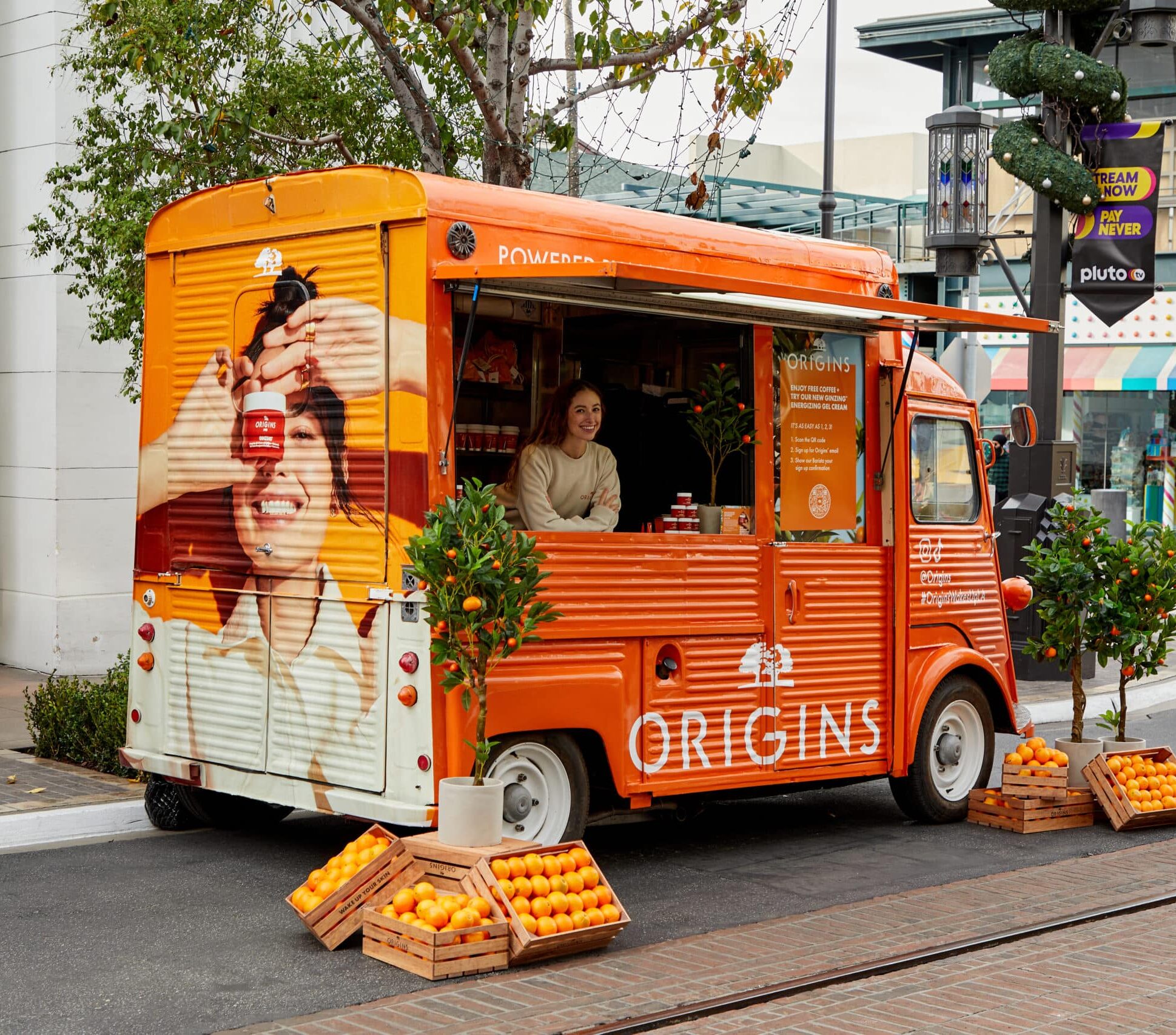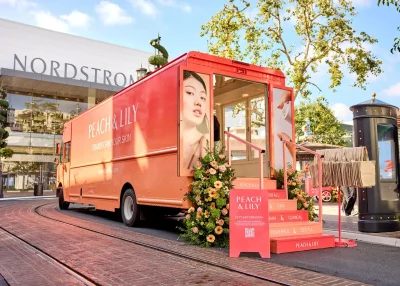Unlocking Growth: How to Choose the Right Marketing Vehicle for Your Brand
In today’s competitive landscape, brands must do more than advertise — they must be willing to connect. But what’s the best way to start that
You want to reach more customers who’ll buy into your brand’s message. But, how do you break through the noise and capture a slice of the market share? Consider investing in a brand activation strategy. But, there are ironclad rules to successful brand activation. So, before you hit the ground running, let’s take a look at the top 4 that will ensure you develop an effective brand activation campaign.
Brand activation is the process of making your brand known to consumers by increasing awareness and engagement through experiences. But, brand activations differ from general branding strategies. Of course, reaching more people is the focus of most marketing systems. But, brand activations center around a single event or campaign.
Brand activations don’t only apply to new brands and start-ups. All businesses should evolve to meet changing times and consumer behaviors. Incredible brand activations know who their customers are, what they want, and align with their tastes.
Brand activations are essential because they bring your brand to life. According to Event Marketer, 98% of consumers feel more inclined to purchase a brand’s products or services after attending an event.

There are many types of brand activations at your disposal. Here are three of the most common:
Developing your campaign means a lot more than throwing it together with a lot of bells and whistles. It takes sticking with crucial features that distinguish brands from their competition:
Brand activations build loyalty. The catch is knowing if your mission struck real emotions with your target audience. How do you go about measuring that kind of success? It’s all about using the right metrics. Here are some that you’ll want to keep in mind:
Throughout this post, we have come back to the importance of customer perception. Because brand activations make-or-break your success. They should feel like an extension of your brand. One thing they should never feel like is a publicity stunt.
Consumers are savvy, and they can tell when they’re being pandered. Respect your customers, and they’ll respect you. And always plan your brand activation with them in mind. It should be engaging and exciting, but never off-message or off-brand.
That’s where feedback comes in. Engagement is a two-way street. As much as you want your customers to understand you, you need to understand them as well. Surveying your audience during and after your event will give you a better idea of whether your brand activation achieved its desired effect.
If brand building were a race, it would be a marathon, not a sprint. It takes time and dedication to turn a brand into a success. But, brand activations can help you get there. They boost your business with engaging experiences that foster relationships, drive awareness, and reshape perceptions.
An integral part of any brand strategy, these types of campaigns will increase your chances for success and establish deep connections with your customers when done right by following these rules.
In today’s competitive landscape, brands must do more than advertise — they must be willing to connect. But what’s the best way to start that

In the ever-evolving world of mobile marketing, brands are shifting gears from static ads to dynamic, experiential vehicles that bring their message to life. Whether

Anyone in the branding industry knows that experiences are far more important today than simple visibility. As companies work hard to reach their target audience,